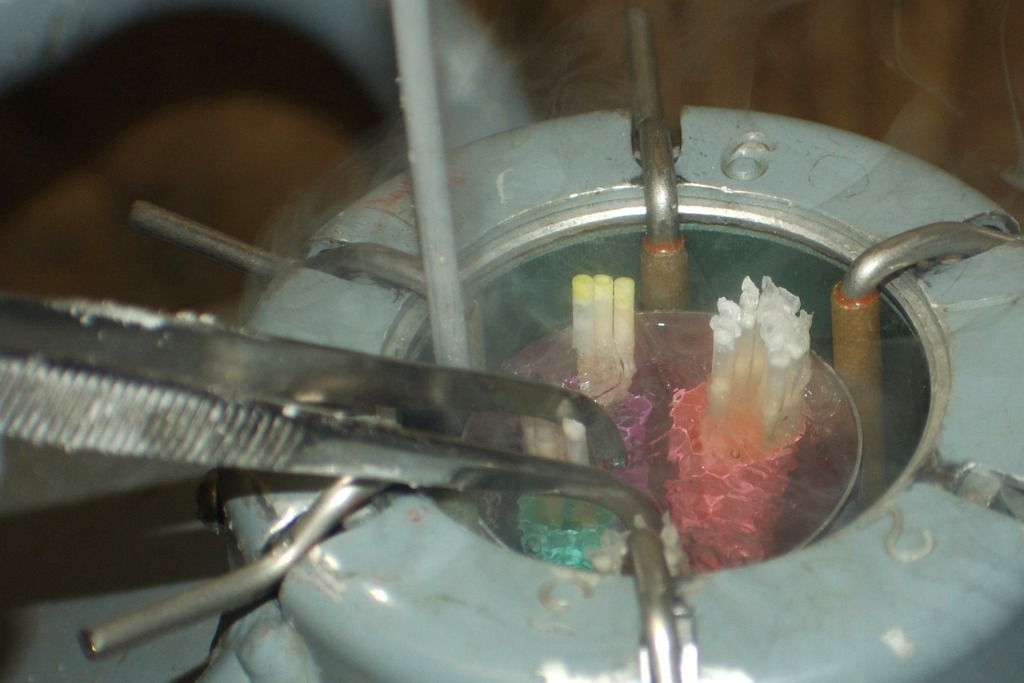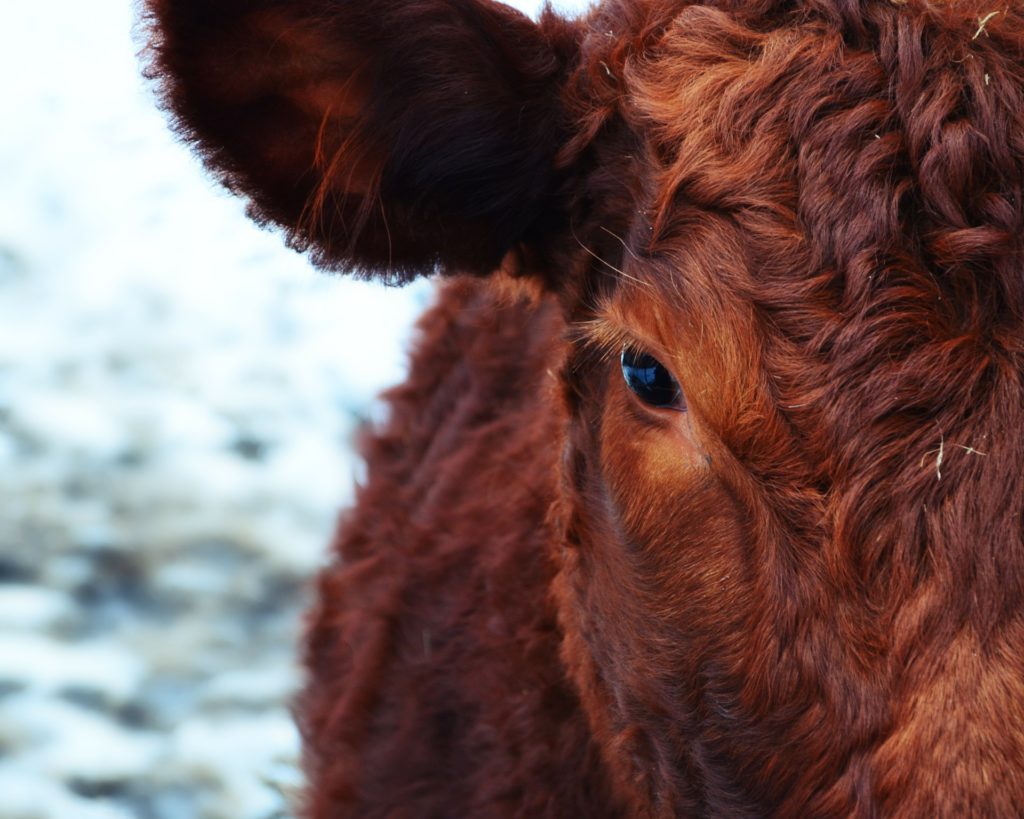CattleRange.com – Glenn Selk, Oklahoma State University Emeritus Extension Animal Scientist
Producers that are wanting to improve the genetic makeup of their beef herds very often turn to artificial insemination (AI) as a tool to accomplish that goal. Many times, these producers have very high expectations as they begin the first season of artificial breeding. Perhaps they have heard other producers tell of situations where “near-perfect” pregnancy rates resulted from THEIR artificial insemination program. Everyone wants to get every cow or heifer bred as they start the labor and expense of an AI program. However, the rules of biology do not often allow for 100% pregnancy rates in most situations.
First of all it is important to understand several terms.
Estrous response rate: the percentage of cows found to be cycling in response to an estrus synchronization protocol. In other words, if we put 100 cows through the working chute and give them estrus synchronization drugs, and only 80 of those cows responded to the estrus synchronization products, then we have an “estrous response rate” of 80 percent. Perhaps some of the cows were not “ready” because they were later calving or they were in poorer body condition. If we are breeding only after they are detected in heat, then only 80 of the original 100 cows would be bred to AI after standing heat. If “timed AI” is the method of choice (in this scenario) only 80 of the cows would be in a biologically suitable stage of a heat cycle to have a chance to conceive. Replacement heifers that are slightly too young, or too lightweight may not be available to respond to the synchronization protocol and therefore unlikely to conceive to insemination.
Conception rate: the percentage of the cows that were actually cycling, then inseminated and were palpated later and found to be pregnant to AI breeding. In other words, of the 80 cows in the above example, that were found in heat and inseminated, IF we later found that 70 percent of those “settled” or became pregnant, we would have found 56 cows pregnant. Experienced AI technicians often achieve 70 percent conception rates. Semen quality must be adequate. Also semen handling techniques must be appropriate in order to expect 70 percent conception rates.
AI Pregnancy rate: the percentage of cows that were initially started on the estrous synchronization protocol that actually became pregnant. In the above example, 56 of the original 100 cows became pregnant to the AI program resulting in a pregnancy rate of 56%.
Therefore, the Estrous response rate X Conception rate = AI Pregnancy rate.
In this example: 80% Estrous response X 70% Conception = 56% Pregnant to artificial insemination. The above example is hypothetical, yet very much close to the expected outcome of a successful synchronization and AI program. If heat detection is incorporated as part of the system, then it becomes another very important part of the equation.
Research conducted that evaluated different synchronization protocols very often illustrated variables other than protocol were most important. Differences in body condition of the cattle, experience and skill of the AI technicians, and weather influences, often played larger roles in the pregnancy rates than did the synchronization protocol. There was more difference expressed between operations than between the synchronization methods chosen.
Help in choosing the synchronization protocol that best suits your situation can be found courtesy of the Applied Reproductive Task Force. This group of scientists list preferred protocols for both replacement heifers and adult cows.
After artificial insemination is conducted on the cows or heifers, clean up bulls will be introduced to the breeding pasture to breed those females that did not conceive to AI. How many clean up bulls are needed?
University of Nebraska researchers (Nielson and Funston, 2016) have published a review on beef AI trials and have evaluated the reported cow to bull ratios used in the clean up portion of the breeding seasons. They grouped the trials into three categories based on the cow to bull ratios used. Final pregnancy rates for cow to bull ratios of 1:20 to 30, 1:31 to 49, or 1:50 to 60 were 87.8, 82.6, and 89.2%, respectively. These ratios are based on the number of cows entering the estrus synchronization and AI breeding season. The fact that the wider cow to bull ratio was as successful as the others should not be surprising. Half or more of the cows were already bred when the bulls were introduced and therefore an actual number of cycling cows to bull ratio was actually near 25:1. In addition, estrus synchrony on the subsequent heat cycles was not as tightly synchronized as the first heat at AI. Natural variation in cycle lengths will cause less synchrony and therefore less intense breeding pressure on the cleanup bulls.








